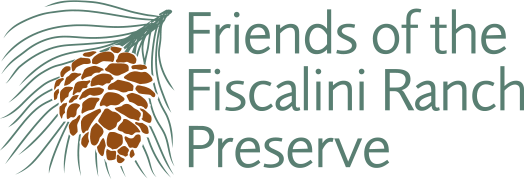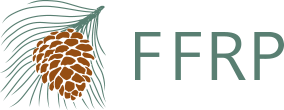2022.03.09 | Western Monarch Migration

It has been a real treat to see monarchs flying around Cambria again, but it is almost time for them to depart on their great migration. In their native range in North and South America, they undergo a remarkable migration that involves multiple generations within a single year.
Simplified Summary of Western Monarch Annual Life Cycle
|
Generation # |
Lives |
Migrates |
Overwinters |
|
1 |
March-April |
Yes: north within California |
No |
|
2 |
April-May |
Yes: in California and beyond |
No |
|
3 |
May-June |
Yes: in California and beyond |
No |
|
4 |
July -March |
Yes: south to the coast |
Yes |
The first generation of the year begins when the monarchs that overwintered at the coast migrate inland and lay eggs on early milkweed. California’s native milkweed are warm weather plants that begin to grow as the spring warms up. Subsequent generations essentially follow spring north, laying eggs and seeking nectar plants as they go. They may end the migration in Utah, Washington, or even Idaho.
Finally, the fourth generation, known as the Super Generation, heads back to California’s coast to spend the winter. This Super Generation completes the migration even though they have never been to the coast before. They can even return to the same trees that their ancestors visited. This generation postpones reproduction and can live for up to nine months.
While this description is a bit simplified – nothing in nature is entirely clear cut – understanding the central role that seasonal migration plays in the life cycle of the North American monarch is vital to assisting with their survival. Monarchs’ acute awareness of nature’s clues have helped them thrive and multiply for thousands of years.
Although many factors now threaten monarch survival, here in Cambria and San Simeon we are stewards of their overwintering sites. The role that overwintering plays in the multigenerational process is not entirely understood but disrupting this cycle poses great risk to the species. Protecting those sites and providing nectar plants, but not the milkweed that disrupts their natural cycle, is a local responsibility.
Fortunately, we have protected lands in both Cambria and San Simeon, flower-rich natural landscapes and gardens, and people who treasure the natural world. We look forward to seeing the monarchs return next year.
Photo by Walt Andrus
Article first published in https://cambriaca.org/


